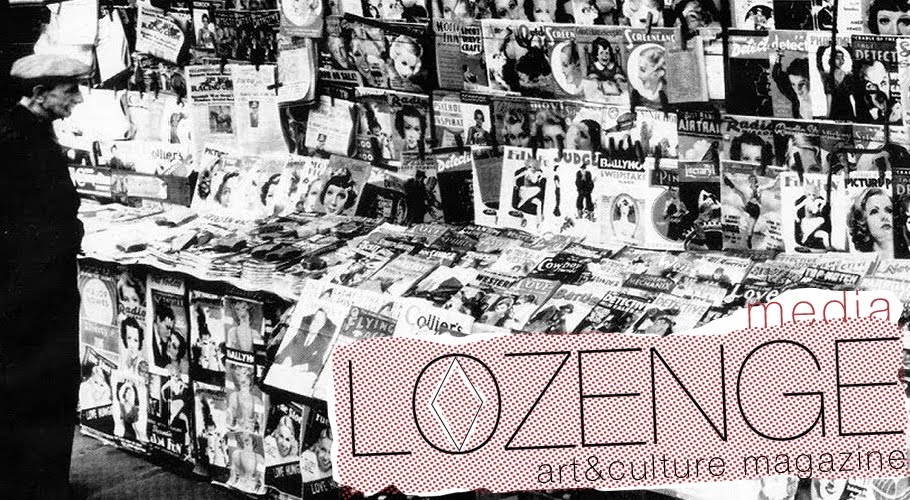By E. M. Foster
Going into last night’s Oscars, I wasn’t feeling too invested. Sure, there were some decent movies that had come out, but the usual buzz with the awards season this year just has been all the enthusiastic. In fact, it has been more of a dull murmur. Between knowing that ‘The Artist’ would sweep up, and Billy Crystal returning as host, The Academy Awards just didn’t seem as glamorous as usual.
For most of the evening there were few surprises, and while enjoying the acceptance speeches and clips from films I had missed, there wasn’t much grabbing my attention- and then Meryl stepped in.
 By far, the biggest surprise of the evening was Meryl Streep’s win of Best Actress for her role in Iron Lady. For those of you who do not understand what a shock this really was, it is important to note that Viola Davis from The Help was slated to win the award, and Meryl being nominated was, well, nothing new. This year marked the veteran actress’s seventeenth nomination. That’s right, seventeenth (see below for list of her other Academy Award nominations over the years). Of the seventeen nominations, Meryl has won three times, including last night’s win. In other words, Meryl Streep only gets nominations because she is Meryl Streep- but is not really expected to ever win.
By far, the biggest surprise of the evening was Meryl Streep’s win of Best Actress for her role in Iron Lady. For those of you who do not understand what a shock this really was, it is important to note that Viola Davis from The Help was slated to win the award, and Meryl being nominated was, well, nothing new. This year marked the veteran actress’s seventeenth nomination. That’s right, seventeenth (see below for list of her other Academy Award nominations over the years). Of the seventeen nominations, Meryl has won three times, including last night’s win. In other words, Meryl Streep only gets nominations because she is Meryl Streep- but is not really expected to ever win.
Besides feelings of shock and amazement, many people were upset by her win (no one in the group I was watching the awards show with was, though, as we screamed loud enough that the people 7 floors down probably heard our excitement). While personally excited for one of the classiest women in history to win, I understood where the haters are coming from. Iron Lady had mix reviews, and for the most part, didn’t provide the same full picture as The Help did. Between the two, it could fairly easily be argued that The Help was a better film overall, and had a greater audience backing it up. More so, Viola Davis really did give an excellent performance- one that equally deserved recognition as best actress.

Meryl Streep, with all her wisdom, humbleness, and class, gave a stellar speech. She was not boastful, and accepted the award gracefully, thanking mostly her husband and her make-up artists. Essentially, one of the greatest actresses who ever lived was thanking the little people for helping her succeed. It’s such a rarity that someone as iconic as Meryl would ever think of people like her make-up artist for an Oscars acceptance speech, but really, I guess that’s what makes her so spectacular.
That moment of seeing Meryl Streep winning Best Actress saved the Academy Awards for me this year. It was a twist that no one saw coming, but everyone adored in the end.
In case you missed the show last night, here is a blog that is both a witty and an informative play by play to the evening’s events: http://www.amanaboutfilm.blogspot.com/2012/02/man-about-film-presents-oscars-2012.html
Check out the Oscars website for full list of winners: http://oscar.go.com/
Below is a full list of nominations and wins Meryl Streep has had over the years (all Best Actress unless otherwise noted):
1978 The Deer Hunter- Best Supporting Actress- Nominated
1979 Kramer vs. Kramer- Won
1981 The French Lieutenant's Woman- Nominated
1982 Sophie's Choice- Won
1983 Silkwood- Nominated
1985 Out of Africa- Nominated
1987 Ironweed- Nominated
1988 A Cry in the Dark- Nominated
1990 Postcards from the Edge- Nominated
1995 The Bridges of Madison County- Nominated
1998 One True Thing- Nominated
1999 Music of the Heart- Nominated
2002 Adaptation-Best Supporting Actress- Nominated
2006 The Devil Wears Prada- Nominated
2008 Doubt-Nominated
2009 Julie & Julia-Nominated
2011 The Iron Lady-Won
Photos From:
http://skyliving.sky.com/oscars-on-sky-living/oscars-2012-nominations-are-out
http://cdn.buzznet.com/media-cdn/jj1/headlines/2012/02/meryl-streep-oscars-2012-red-carpet.jpg





